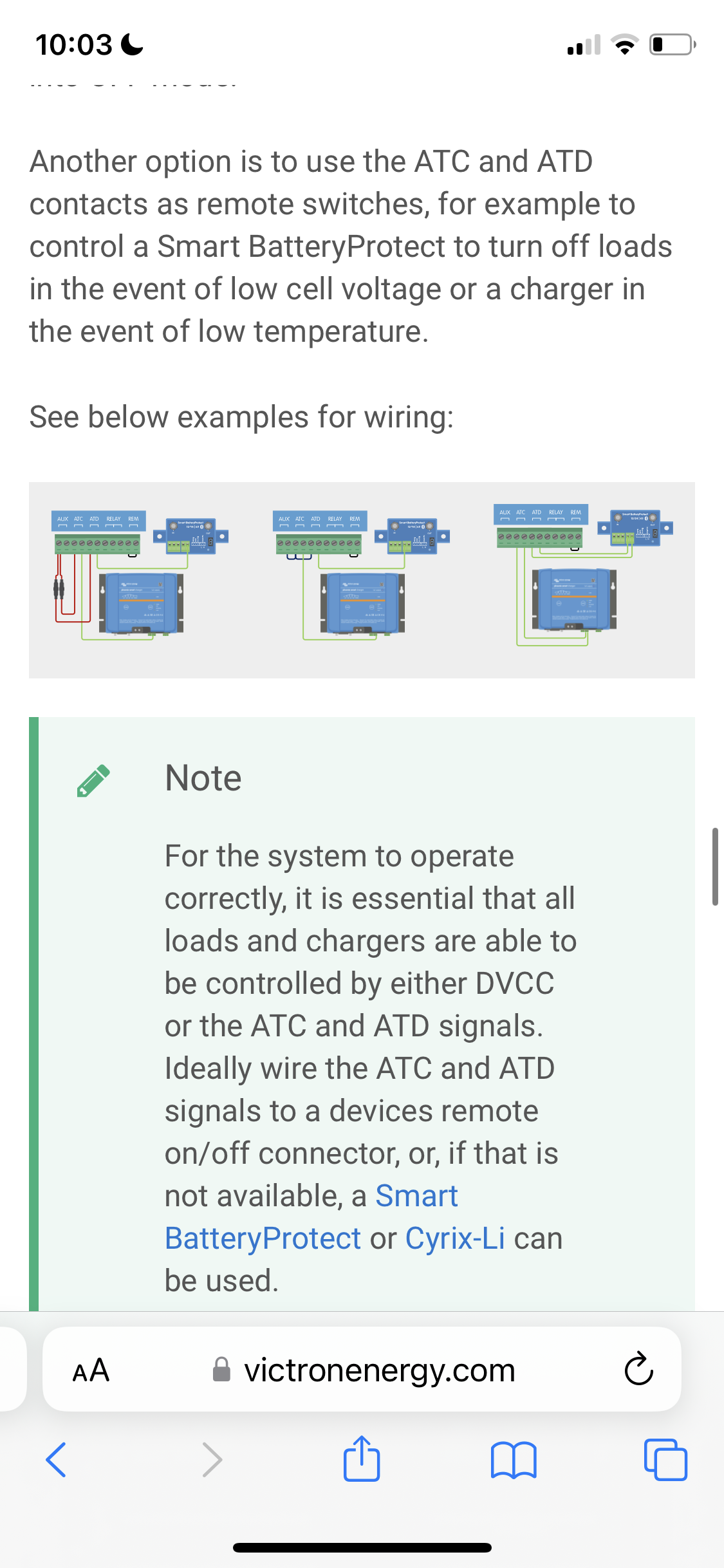Hi all,
Providing the Orion-T non-isolated adequately controls the lithium batteries charge, and the Lynx BMS also takes the charge in hands, what is the point of disconnecting the Orion charger via the H-pin?
I'm setting up my boat system, I have 2 Orion-T 30a non-isolated chargers, connected directly to one alternator each, then connected to the BMS Distributor bar with Lynx BMS. What would be an advantage of setting a remote switch off if both Orion-T and Lynx BMS are able to filter the charge current and stop charging if the batteries are full?


